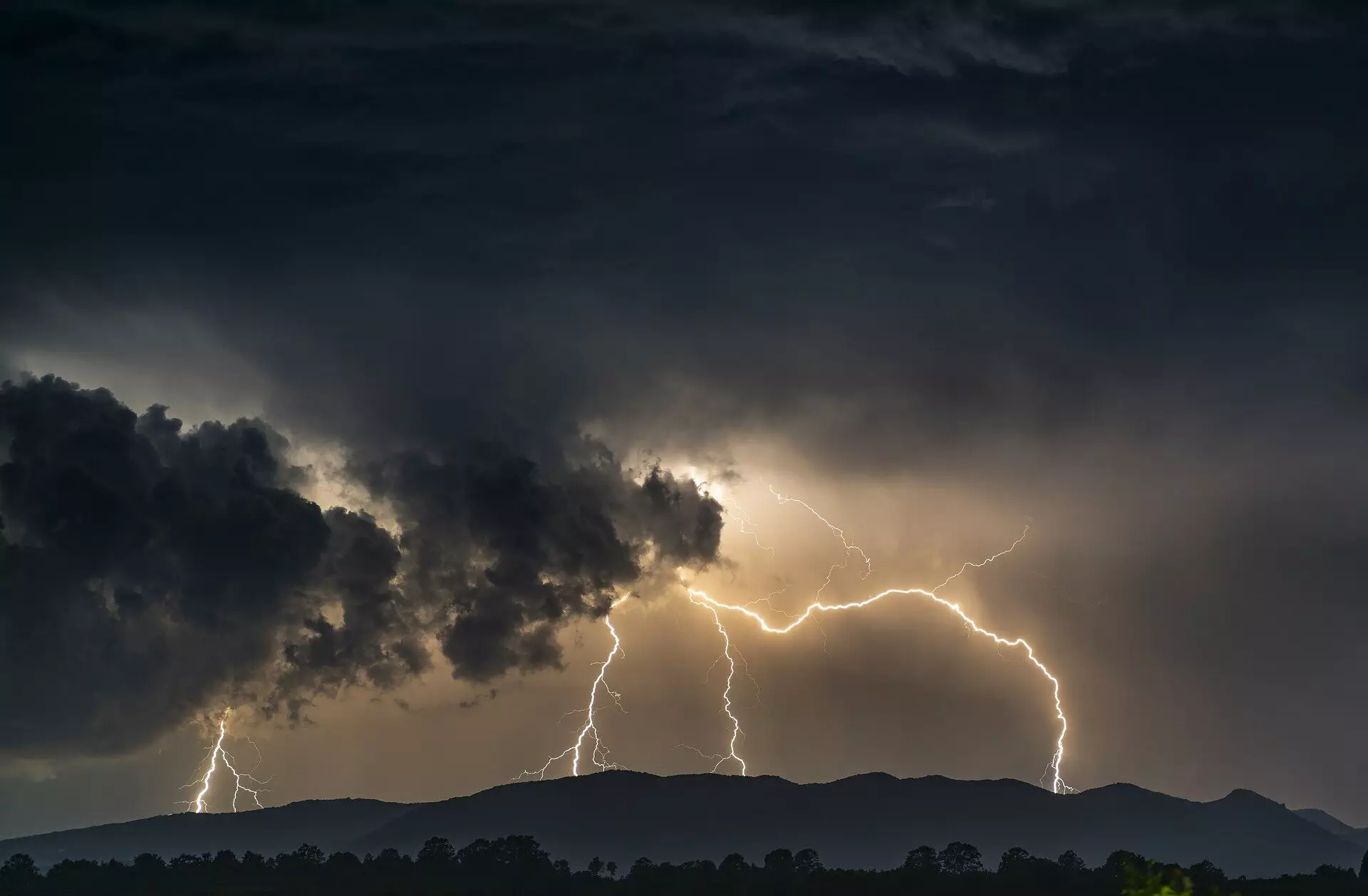California has faced a persistent battle against wildfires, a struggle that has intensified over the last thirty years. Notably, this battle is not merely about flames and smoke; the aftermath of these wildfires has far-reaching implications, particularly concerning erosion of the state’s hillsides. The phenomenon presents a myriad of ecological and infrastructural challenges, which climate change is projected to exacerbate significantly. Understanding the connection between wildfires and the resultant erosion is crucial for protecting California’s water resources and safeguarding communities.
A comprehensive study published by the U.S. Geological Survey (USGS) highlights a staggering tenfold rise in post-fire erosion in Northern California from the late 1980s to the 2010s. This increase correlates with the intensity and frequency of wildfires, especially those exceeding 25,000 acres. The researchers emphasized that most of the most sediment-producing fires occurred over the last decade, signaling a growing environmental crisis.
The effects of this erosion are profound. Heavy rainfall events that follow wildfires can lead to debris flows that adversely affect rivers and streams, causing oxygen depletion essential for aquatic life. Furthermore, the sediment runoff threatens reservoirs by reducing their water storage capacity, leading to potential flood control issues and posing risks to nearby communities vulnerable to flash floods. This chain reaction transforms pristine landscapes into unstable terrains, directly impacting wildlife habitats and the natural balance of ecosystems.
Documenting Erosion to Inform Policy
The USGS study uniquely combines rigorous modeling with field observations to quantify soil and sediment erosion from 1984 to 2021. The research team meticulously documented the extent of erosion on an annual basis, yielding valuable data that can facilitate informed discussions around environmental and water management policies. Glen Martin, a spokesperson for the California Water Impact Network, highlighted the importance of quantifying this erosion, stating that the data underscores the greater issues California faces regarding water supplies and ecological health.
While it may not be surprising to experts in the field, this documentation adds a layer of urgency to the conversation surrounding resource management. The relentless increase in post-fire erosion indicates a problematic cycle: wildfires worsen sediment runoff, which in turn impacts water quality and availability. If not addressed, this cycle threatens recreational water use, fisheries, and vital water systems upon which millions depend.
Climate change emerges as a significant factor amplifying the risks associated with both wildfires and consequential erosion. The increasing frequency and severity of extreme rainstorms in California effectively contribute to a phenomenon dubbed “weather whiplash.” This situation compels researchers and policymakers to grapple with the implications of climate variability on land and water management strategies.
The findings of the USGS painted a dire picture: approximately 57% of post-fire erosion occurs upstream of reservoirs, revealing an escalating threat to the state’s delicate water security. As sediment flows into these reservoirs, they lose capacity and risk contaminating the quality of the water stored within. These realities become critical for a state that has long struggled with water scarcity issues, bandying the idea of conservation and strategic land management.
The research team advocates for enhanced land management strategies, especially in light of accelerating erosion rates. They suggest that responsible land stewardship involving techniques such as prescribed burns and selective thinning of forests could mitigate some of the destructive impacts of wildfires. However, implementing these strategies necessitates a shift in how California’s agencies address fire management.
For areas already recovering from catastrophic fires, the repercussions can be devastating. Recent historical events, such as the mudflows following the 2018 Thomas Fire in Montecito, demonstrate that the risk to life and property remains high, echoing the call for reliable strategies focused on safeguarding communities. These disasters reaffirm the need for adequate funding and public will to address the multifaceted challenges stemming from post-fire erosion.
As California continues to confront a landscape marked by rising wildfire incidents and corresponding erosion, integrating science with policy becomes paramount. The work by the USGS and other researchers lays the groundwork for understanding the severity of the erosion crisis. To ensure that resilient solutions are developed, government officials and stakeholders must now prioritize innovative land management practices that not only mitigate erosion but also foster ecological balance and community safety. The stakes are incredibly high, as these decisions will shape the future of California’s environments and communities in the years to come.


Leave a Reply